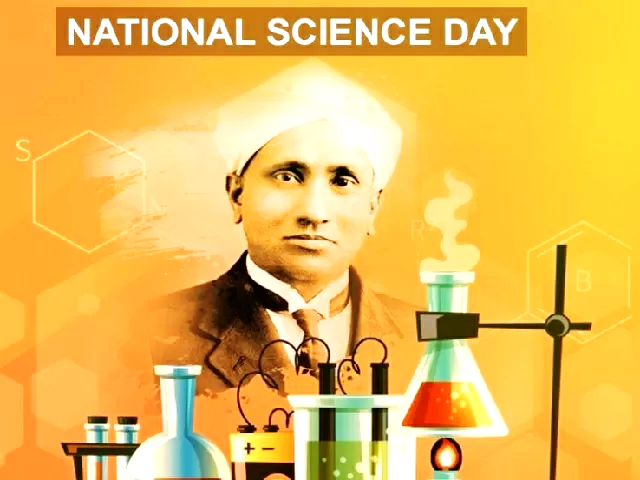Important Facts For Prelims
National Science Day 2022
- 01 Mar 2022
- 4 min read
Why in News?
Recently, the Prime Minister greeted India's scientific community on the occasion of National Science Day (28th February).
What are the Key Points?
- National Science Day (NSD) is celebrated annually on 28th February to commemorate the discovery of the Raman Effect by Nobel laureate and Physicist CV Raman on this day in 1928.
- In 1986, the National Council for Science & Technology asked the Government of India to designate 28th February as NSD.
- Since 1987, the event has been celebrated all over the country in schools, colleges, universities and other academic, scientific, technical, medical and research.
- The day aims to propagate the message of the importance of science and its application among the people.
- The purpose of celebrating this day is to enhance scientific temper, popularisation of science and encourage innovative activities by infusing scientific temperament in the masses and to create a positive scientific research culture.
- The Nodal Agency to support celebration of NSD is the National Council for Science & Technology Communication (NCSTC) of the Ministry of Science and Technology.
- Theme 2022: "Integrated Approach in science and technology for Sustainable Future".
- The theme focuses on a four-fold integrated approach for a sustainable future which are
- Extended scientific intervention encompassing engineering
- Medical and other institutions.
- Extra scientific integration involves identification of the needs of other ministries like Jal Shakti, Railways, among others.
- Extended science driven all inclusive approach integrating startups and industry.
- The theme focuses on a four-fold integrated approach for a sustainable future which are
Who was CV Raman?
- Chandrashekhara Venkata Raman was a physicist from Tamil Nadu.
- His work in the field of light scattering earned him the Nobel Prize for Physics in 1930.
- This phenomenon was named the Raman effect.
- In 1954, he was honoured with India's highest civilian award, the Bharat Ratna.
What is the Raman Effect?
- Raman is the inelastic scattering of a photon by molecules which are excited to higher vibrational or rotational energy levels. It is also called Raman scattering.
- In simpler words, it is a change in the wavelength of light that occurs when a light beam is deflected by molecules.
- When a beam of light traverses a dust-free, transparent sample of a chemical compound, a small fraction of the light emerges in directions other than that of the incident (incoming) beam.
- Most of this scattered light is of unchanged wavelength. A small part, however, has wavelengths different from that of the incident light and its presence is a result of the Raman Effect.
- The Raman effect forms the basis for Raman spectroscopy which is used by chemists and physicists to gain information about materials.
- Spectroscopy is the study of the interaction between matter and electromagnetic radiation.







